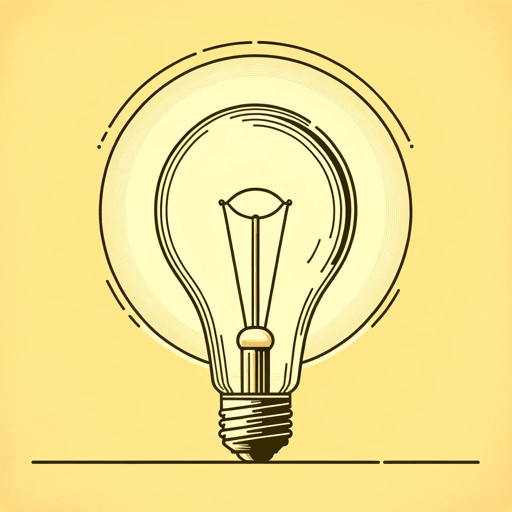87 pages • 2 hours read
Graham MooreThe Last Days of Night
Fiction | Novel | Adult | Published in 2016A modern alternative to SparkNotes and CliffsNotes, SuperSummary offers high-quality Study Guides with detailed chapter summaries and analysis of major themes, characters, and more.
Summary and Study Guide
Overview
The Last Days of Night is a novel of historical fiction by Graham Moore, published in 2016. The story follows a young lawyer in New York City in 1888, as he attempts to discern who invented the light bulb: Thomas Edison, George Westinghouse, or Nikola Tesla. The Washington Post named The Last Days of Night one of the best books of 2016.
Plot Summary
It is 1888 on the island of Manhattan, and electric light is a brand-new miracle of science. The young law prodigy, Paul Cravath, witnesses a workman accidentally electrified to death above a busy street. Later that evening, Paul meets with Thomas Edison. Edison is suing George Westinghouse, Paul’s client, over the patent for the light bulb.
Although Edison has invented a light bulb that uses a direct current (D/C) system, the technology is inefficient because a power source must always be near. Westinghouse has created a bulb that uses the more efficient and powerful alternating current (A/C), making it possible to light entire cities. Huge contracts are at stake regarding the future of A/C or D/C technology.
Edison is suing Westinghouse for patent violation, and Paul is countersuing. Paul claims Edison filed his patent application before he decided on the lightbulb’s filament materials. Therefore, according to Paul, Edison’s light bulb was not complete when he filed the patent.
Edison, the novel’s antagonist, is ruthless, manipulative, and well-connected. He bribes and influences newspapers, and the powerful financier, J.P. Morgan, supports him. He has already turned down a merger with Westinghouse.
Paul’s privilege has enabled much of his early-career success. A recommendation from his uncle to Westinghouse gives him the opportunity to work on this enormous lawsuit. He studies the laws governing patents religiously, and secretly hires assistants to work on the case, paying them from his own pocket and with embezzled funds from his client’s account. He and his partners recruit Reginald Fessenden, a former employee of Edison’s, to work for Westinghouse and share information about Edison. Fessenden points them to Nikola Tesla, a Serbian scientist who also worked for Edison and left bitter.
Westinghouse and Paul attend a demonstration by Tesla, where he reveals an A/C system device. They recruit Tesla to work for Westinghouse on a new light bulb that doesn’t infringe on Edison’s patent. After initially accepting, Tesla finds the environment not to his liking and soon quits, disappearing.
Paul’s partners and his father, Erastus, reprimand him for allowing Edison to outsmart him. One day, a famous opera singer, Agnes Huntington, and her mother, Fannie, arrive at Paul’s office to seek his representation. He is instantly attracted to Agnes. She takes Paul to a party at the famous Players’ Club, and Tesla is there. Paul tries to convince Tesla to return to work for Westinghouse, to no avail. While visiting Tesla at his laboratory, a fire breaks out, trapping Paul and Tesla. Paul spends many weeks in the hospital recovering, and Tesla vanishes, only to reappear one day at Agnes’s door. Tesla stays with Agnes and Fannie as he recovers. He eventually goes to Nashville to stay with Paul’s parents, where he invents the X-ray.
Edison bribes newspapers to publish blasphemous stories about A/C technology. He petitions the New York State legislature to use an electric chair powered by Westinghouse’s A/C system in executions. Paul attends the execution, which goes poorly and horrifically, ironically revealing A/C technology to be much safer than D/C technology.
Paul seeks council from Alexander Graham Bell, the only person to beat Edison in the patent game. Bell points out that Edison’s lawsuit is driving his profits down. Paul meets with J.P. Morgan, who convinces the remaining investors to kick Edison out of his own company and to join Westinghouse Electrical Company with contract agreements. Edison is displaced from head of his company, and it becomes General Electric.
Paul marries Agnes and years later sees Edison, Tesla, and Westinghouse at a demonstration at Niagara Falls. They shake hands, and Paul acknowledges that all played important roles in the invention of the light bulb, including himself.


